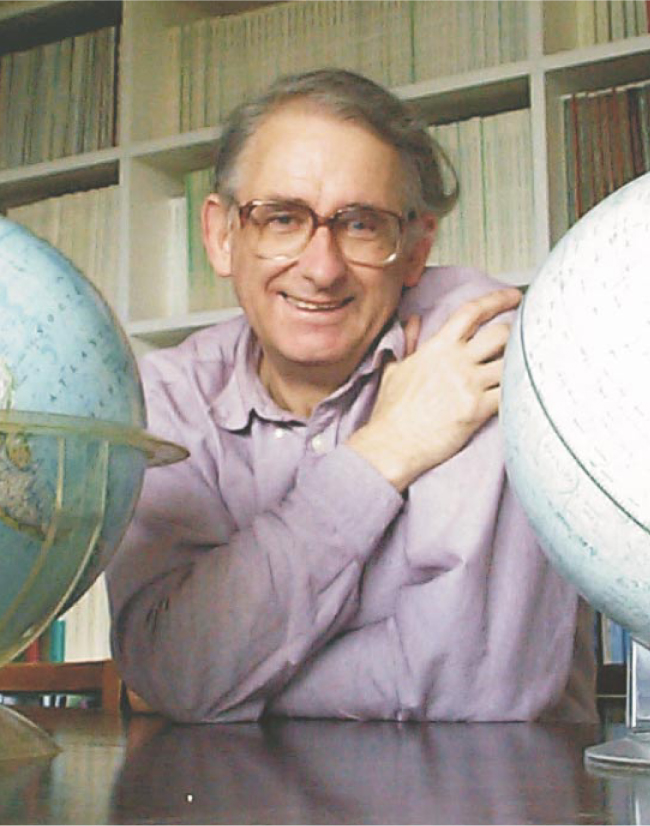McKenzie Wins Crafoord Prize
DOI: 10.1063/1.1485594
The Royal Swedish Academy of Sciences does not award Nobel Prizes for geosciences, astronomy, mathematics, or biosciences, but it does recognize one of those fields each year with its Crafoord Prize. This year’s prize, in geosciences, will be presented in September to Dan P. McKenzie, Royal Society Professor of Earth Sciences at the University of Cambridge. The prize is worth $500 000.
The academy is honoring McKenzie “for fundamental contributions to the understanding of the dynamics of the lithosphere, particularly plate tectonics, sedimentary basin formation and mantle melting.” During the 1960s, early in his career, McKenzie made key contributions to the authoritative theory of plate tectonics, which, until that time, was frequently viewed with skepticism by scientists.
His research during the next decade focused on the deformation that occurs in the boundary zones between the plates, especially where these boundaries cross continents. According to the academy’s announcement, McKenzie’s “analysis of source mechanisms of earthquakes has had profound implications [for the assessment of earthquake risk] in such areas as the Eastern Mediterranean.”
More recently, McKenzie has collaborated with NASA to study the gravity fields of Venus and Mars and analyze the geophysical evidence for their internal structure and makeup. Through a comparison of the main characteristics among those two planets and Earth, he has found remarkable differences in their origin and evolution. For example, he has explained how vulcanism melts ice beneath the surface of Mars, and so generates the huge floods that have poured out of some of the large canyons.
McKenzie’s present research involves using geochemical measurements to understand how the mantle melts and how molten rock moves from its source to the surface. He has been working with geochemists from Iceland, France, and the US on volcanic rocks from Theistareykir in northeastern Iceland. Even though the source region of these rocks is part of the convecting mantle, it contains substantial isotopic heterogeneities, some of which must date from the time Earth was formed.

Dan P. McKenzie

